How to Conduct a Social Media Competitive Analysis (Includes a Free Template)
Why perform a social media competitive analysis? So you can better understand the organizations you’re going toe-to-toe with.
“Keep your friends close but your enemies closer.”
Well said, Michael Corleone.
Though let’s replace ‘enemies’ with ‘competitors’.
Why? Because you can learn from everyone. And should.
Some things they’re doing, you should be doing. Other things, maybe not. Hard to know unless you keep an eye out.
This guide will help you perform a practical social media competitive analysis.
I said practical, not scientific. That would require more data, more gathering, more analyzing—more time and bucks too. This is something more realistic, simpler and affordable for the entrepreneur or small business.
Before plunging into the how, let’s look at the what.
Bonus: Get a free, customizable competitive analysis template to easily size up the competition and identify opportunities for your brand to pull ahead.
What is competitive analysis?
A competitor or competitive analysis is an evaluation of the competition’s strengths and weaknesses relative to your own.
For social media specifically, a competitive analysis will help you:
- Identify who your competitors are on social media
- Know which platforms they’re on
- Know what they’re doing on those platforms now
- Know what they did before
- Know how well their social strategy is working for them
- Know their threats to your business
- Identify gaps in your own strategy
We good? Make sense? You’ll learn more as we dig in. Starting right now.
How to conduct a competitive analysis on social media
To do your analysis, you’ll need to learn more about your competitors.
Learn how they’re behaving on social, by gathering intelligence, then making sense of the data.
No need to go all Sherlock Holmes. But some useful investigation techniques will help you help your brand.
Use whatever tools makes sense to capture your notes and information. I’m suggesting a spreadsheet to keep track of it all in a single place.
Here we go.
Identify your competitors
This might be a no-brainer for you. Or maybe not. This is more challenging if your business isn’t localized. Or, if you offer products or services online or internationally.
Either way, here’s some ways to know who to keep close.
What keywords are they using?
Got a restaurant? Or a bike shop? Or do you teach acting classes?
Bring up Google, Bing, or Yahoo. Type in some keywords or phrases you want to rank for.
“Spicy food nearby.” “Titanium bicycles in NY.” “Classes in Seattle to learn how to act like a star.”

You’ll see who’s ranking for these terms.
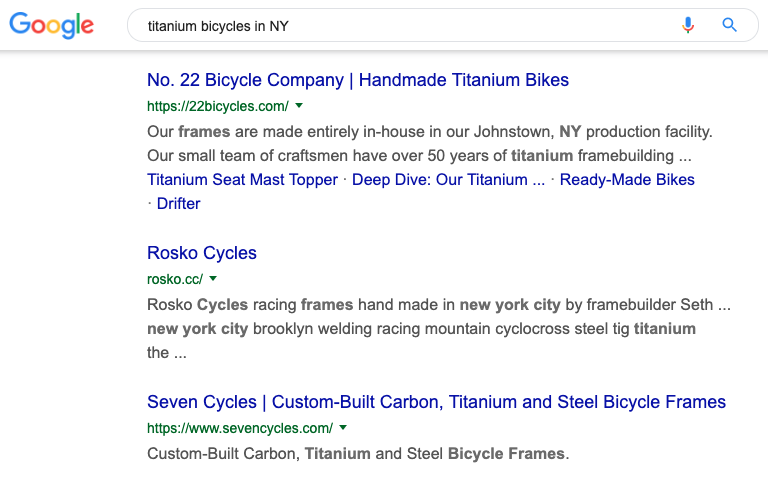
Maybe geography doesn’t mean much to your organization. Fine, do a search based on your business to identify your online competitors.
For each search result that looks interesting, click the link to visit their site. See where they hang out on social media. Most websites list this in their header or footer.

Look through their social networks. Here’s one.
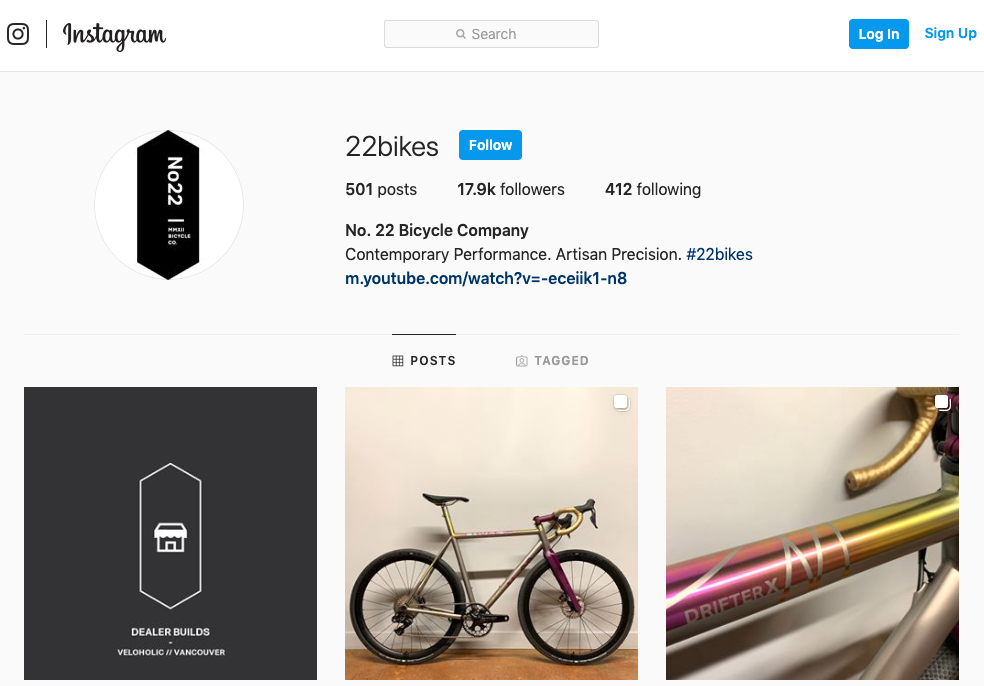
All worthy competitors make it easy to be found and heard. So it’s easy to find them using this approach.
Who are they following?
Bring up Twitter, Facebook, Instagram, Pinterest, Snapchat, LinkedIn—any or all your social media accounts.
Look at your top followers. Who are they following? Make a note.
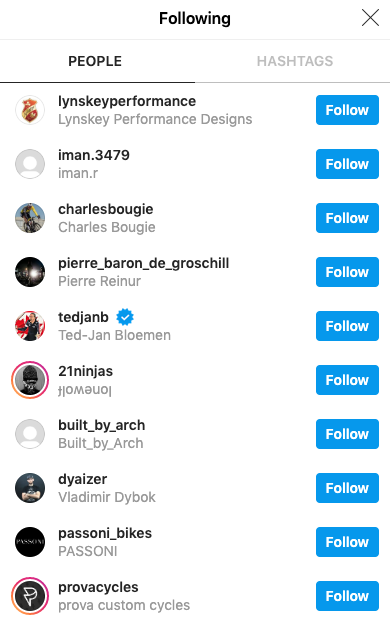
Who are you going after?
Now that you’ve identified a raw list of some competitors, select a few. Say 3 to 5 strong ones you want do social battle with.
If you select too many, you’ll get overwhelmed with information. Too few, and you won’t have enough data for a clear picture.
Gather intel
Now you know who. Let’s get to know them better.
Time to get at least a little Sherlock Holmes about this, by investigating and answering these questions.
What social networks are they on?
Some are on all of them. Others, only on Facebook or Twitter.
- Note which competitors are on which social networks
- Note if they are using or updating those accounts
How big is their audience?
And how quickly is it growing?
- Make a note of how many followers, on each network, for each of your competitors
- Check back each week to see how many more, or less, followers
- Note the trend: is it up or down?
- Same for the rate
How often do they post?
To help know how often you should post.
- Note how much they post on each network. A lot? Or a little?
- Which networks do they post on most often?
- Which ones least often?
That data and this guide to find the best time to post can help determine how often you should post.
How much do they engage?
For your competitors, on their networks…
- How many likes are they getting?
- How many retweets or shares?
- And comments too
Knowing this will help you know how successful they are on social.
No need to tally all that manually. There are online tools for this. You’ll see in a moment. Hard to wait, I know. And glad you’re so excited, Sherlock.
Do a SWOT analysis
SWOT = Strengths, Weaknesses, Opportunities, and Threats.
It’s a way of performing a structured analysis for any business strategy. I works well for a social media competitive analysis, too.
To keep everything tight and tidy, use your spreadsheet to plot your SWOT… data. This makes it easy to show and share with others, and to see things at a glance.
What are their strengths?
Are your chosen competitors good at:
- Finding and posting relevant & timely content?
- Promoting their business that’s friendly, not intrusive?
- Using social in new and interesting ways?
- Being clever, maybe even sassy, promoting their ‘boring brand’?
Tabulate this data to continue gaining a clear picture. And, maybe get inspired with new ideas for your social sharing.
What are their weaknesses?
It’s useful to know what they’re not so good at too.
- Where do they fall short?
- Do they post inconsistently?
- Got spelling mistakes?
- Crappy customer service?
- Come off as bragging or overpromotional?
Whatever it is, make a note, and add it to your spreadsheet.
What opportunities do they present?
Now’s a good time to look back at your spreadsheet.
Note your chosen competitors’ behaviors, attitudes, strengths, and weaknesses.
See any opportunities? Getting any ‘ah-ha’ moments? Something worth seizing to plug a hole in your space?
Dig. There’s something there. I promise.
What threats do they pose?
Are there things your competitors are doing well… that you aren’t?
Could this be a threat to your brand?
If so, identify them and create a plan to ‘do better’. Combine your plan with the opportunities you identified. Then execute.
Competitive analysis tools
Don’t waste time figuring out what your new data means on your own. Get help. Here’s a few tools to help do the heavy lifting.
No single tool does it all. Blend some together to tell the story with data.
Buzzsumo
Buzzsumo helps you determine what content performs best for any topic or competitor. Use it to:
- Discover your competitors’ most shared content? From the past hours to years.
- See trends for that content for several key categories
- Examine backlinks, identify influencers, and see what questions people are asking
Hootsuite Streams
Use Hootsuite Streams to:
- Follow your competitors’ Twitter activity
- Look for specific keywords and hashtags
- See how their customers perceive them
Brandwatch
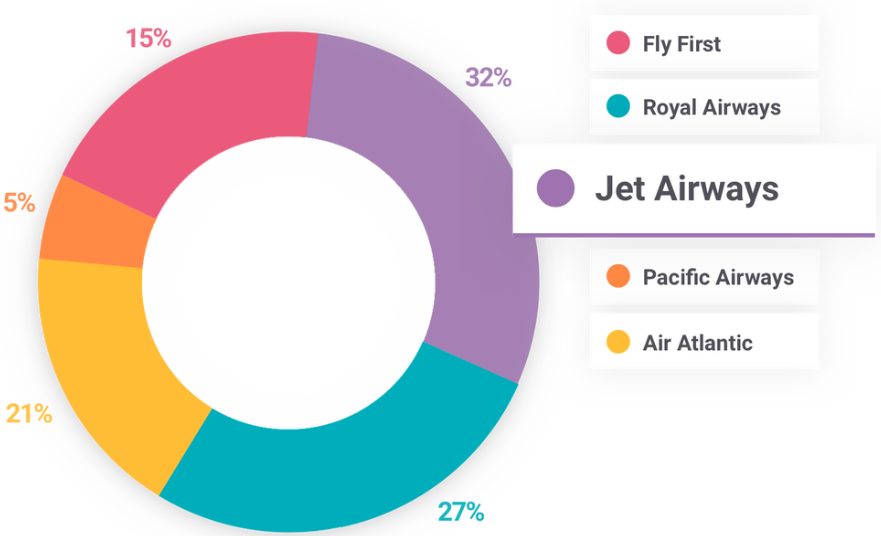
Use Brandwatch to learn how your brand performs against your competitors. Gain and use your new insights to shape and improve your social media strategy.
- See how the size of your presence compares to your competitors. Real-time, for any given period.
- Learn where, when and how customers talk about your brand vs. theirs
- Discover new opportunities and risks. Measuring customer perceptions and sentiment will add context to your analysis.
Unmetric
Guess less and learn more about your competitors—backed by data.
Use Unmetric to figure out what to create, and who to create it for. And…
- Learn what other brands are doing
- See how they are engaging with their audience
- See any gaps too
- Learn what others are posting
- Track those posts to see how they’re performing
- Set up a dashboard to monitor everything—from days to years gone by
Mentionlytics
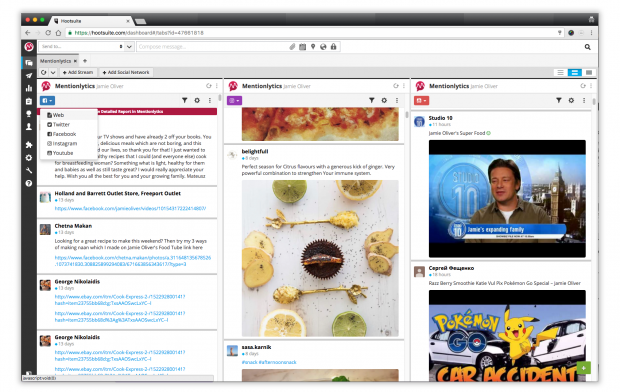
Want to know what people are saying about your brand competitors?
Use Mentionlytics to scan and monitor mentions on Twitter, Instagram, Facebook, YouTube, and Pinterest. All web sources too (news, blogs, forums, etc).
And, see them in your Hootsuite stream.
- See what’s being said, both positive and negative
- Monitor keywords (in any language)
- Learn who your top influencers are
- Filter what you see based source, sentiment, country and language
- Reply to all that right from your Hootsuite dashboard
Digimind
Use Digimind to see the whole picture of your competitors’ digital footprint.
This app will show you the most relevant conversations across 850 million types of web sources. Listen in, then chime in, with their customers from a single screen.
- See similar and viewed mentions at a glance
- Engage with customers across 60 languages
- Apply loads of filters for sentiment, ranking, media types, language and more
As you can see, there’s differences and overlap in social media competitor analysis tools. They’re all easy to use. Jump in, try them out, see what works best as you hone your PI skills.
5 tips for conducting your social media competitive analysis
I presented you with a lot of questions about your social media competitors. I’ll ease up and leave you with some tips for slaying social.
1. Inspire, not copy
Your competitors do some things well—very.
Including the many little things that make their social media presence successful.
What works for them might not work for you. Remember, everything you do, say, and share is part of your brand voice.
Rather than copy what they do, learn the why.
Be and stay you-nique.
2. Notice your biases
Because if you don’t, you could be telling yourself the wrong story.
Which happens when we humans jump to early conclusions about data.
Instead, seek and keep an open mind to understand what’s happening. Give the data a chance to breathe. It trumps opinions. Every. Time.
Then you’ll learn why some organizations succeed, why others don’t, and where you can fill a gap.
Here’s a good piece to learn more about data biases.
3. Find (and fill) the gaps
It’s just business basics, right—being where others aren’t?
Same goes for social. Look for any gaps to fill (those tools above will help detect some).
- Are they slow on the draw with their customer service?
- Are their social profiles incomplete?
- Do they do what you do, but sound boring, dull, or uninspiring?
Or do they lack social etiquette? Get an upper hand on them for this.
What other opportunities are staring right at your digital face?
4. Keep at it
Because your brand is playing the long game. Over years and years.
Developing a strong brand voice, a clear strategy, ruthlessly optimizing, and thoughtful ways of talking with your fans takes time to build into your social DNA.
Your competitive analysis will help with all that. You can start and learn quickly. And keep at it to evolve.
5. Stay organized
Clearly, you’ll be accumulating and analyzing plenty of data.
Keep your spreadsheet updated. And simple. So you can glance, use, and evolve it.
Share it with your boss, to show you’re on top of it. And to get even more insights about what’s going on with you and the competition.
It’s one thing to walk into his-or-her office to talk shop. It’s quite another to show-and-tell based on data. Oh yeah.
In fact…
Bonus: Get your social media competitive analysis template
At Hootsuite, we love keeping you informed on all things social—with our tools, posts, and guides.
So we’re keeping up the love with a free template for you to stay informed and organized.
Bonus: Get a free, customizable competitive analysis template to easily size up the competition and identify opportunities for your brand to pull ahead.
The post How to Conduct a Social Media Competitive Analysis (Includes a Free Template) appeared first on Hootsuite Social Media Management.
Contributer : Hootsuite Social Media Management http://bit.ly/2fy32ft
 Reviewed by mimisabreena
on
Wednesday, May 22, 2019
Rating:
Reviewed by mimisabreena
on
Wednesday, May 22, 2019
Rating:













No comments:
Post a Comment